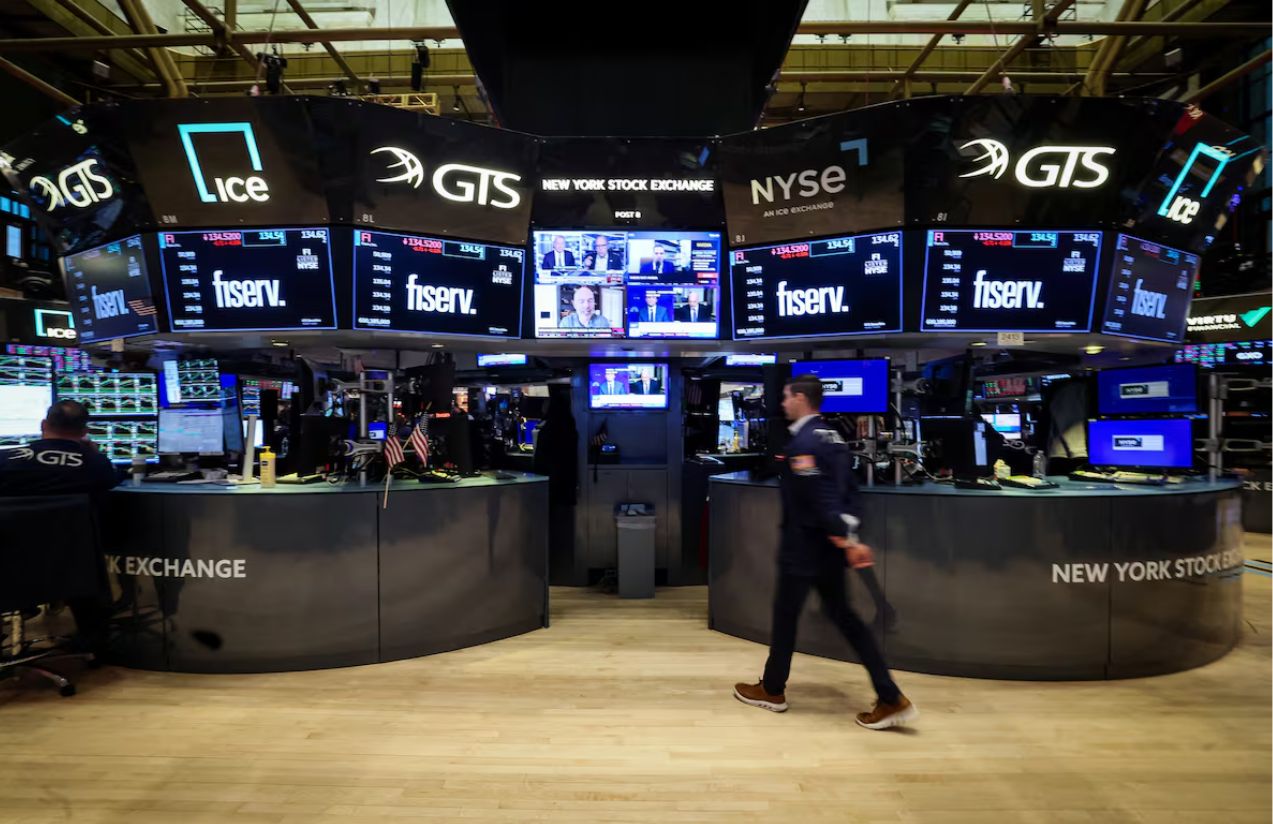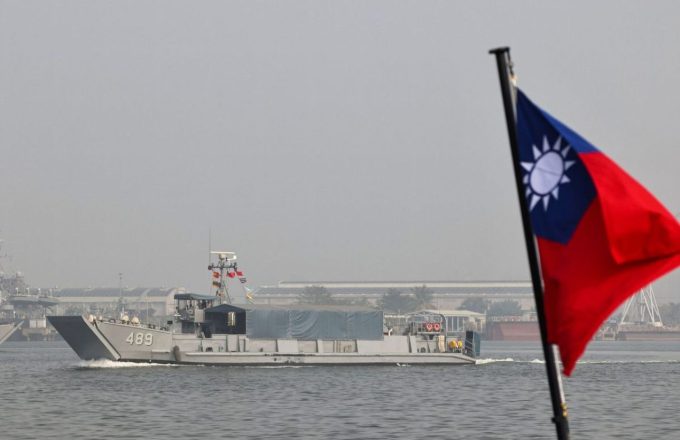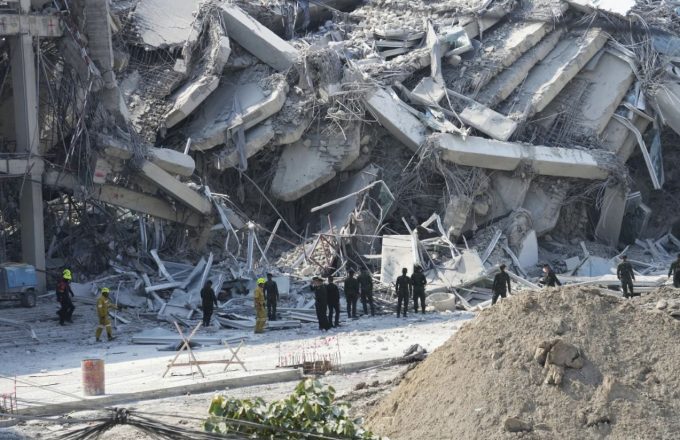The broad tariffs announced on Wednesday by U.S. President Donald Trump have sparked global concern, triggered threats of retaliation, and prompted urgent calls for new negotiations to balance trade rules.
However, responses from key trading partners have been measured, reflecting a lack of interest in triggering a trade war with the world’s largest economy.
Trump presented the new tariffs, ranging from 10% to 49%, in simple terms: the United States will apply the same measures to its trade partners that, according to him, have been imposed on the country for decades. He argues that this will bring factories and jobs back to American soil.
“Taxpayers have been scammed for more than 50 years,” he stated. “But that is not going to happen anymore.”
The announcement of a 20% tariff on the European Union provoked a strong reaction from European Commission President Ursula von der Leyen, who called it a “major blow to the global economy.”
“The consequences will be dire for millions of people around the world,” she warned from Uzbekistan. She explained that food, transportation, and medicine costs will rise, especially impacting the most vulnerable citizens.
Despite her statements, Von der Leyen did not announce immediate retaliatory measures and emphasized the EU’s willingness to negotiate with the United States.
Meanwhile, Italian Parmigiano Reggiano cheese producers pointed out that the new tariffs will simply mean higher prices for American consumers without affecting competition with local cheeses. “Americans continued choosing us even when prices rose after the previous round of Trump tariffs in 2019,” said Nicola Bertinelli, president of the Parmigiano Reggiano Consortium.
“Imposing tariffs on a product like ours only increases costs for American consumers without protecting local producers,” he added.
Some analysts warn that a full-scale trade war would bring more harm than benefit, both for the United States and other countries, as tariffs can slow growth and increase inflation.
“If Trump truly imposes high tariffs, Europe will have to respond, but the paradox is that the EU would be better off by not retaliating,” said Matteo Villa, senior analyst at the Italian Institute for International Political Studies.
“However, Trump seems to understand only the language of force, which suggests the need for a firm and immediate response,” he added. “Brussels is likely hoping that a strong reaction will push Trump to negotiate and eventually back down.”
So far, Europe’s strategy has been to respond with limited and targeted retaliatory measures on high-symbolism products, such as bourbon and motorcycles, aiming to bring the United States to the negotiating table rather than escalating into a full-blown trade war that could hurt its export-dependent economy.
Economists warn that the next target for retaliation could be the U.S. tech sector. Since services are a category where the United States exports more than it imports to Europe, these companies would be more exposed to countermeasures.
Brussels’ response, expected by the end of April, could include a tax on major U.S. digital companies, according to Sophie Primas, spokesperson for the French government.
“We could tax digital services that have so far not been subject to levies, such as the GAFAM companies (Google, Apple, Facebook, Amazon, and Microsoft),” she said on French radio RTL.
Outgoing German Chancellor Olaf Scholz warned that the EU cannot simply criticize the tariffs and must demonstrate its strength. “We must show that we have strong muscles,” he stated.
“Still, the goal remains to reach an agreement because that will benefit prosperity in the United States, in Europe, and around the world,” he added.
Financial markets reacted nervously: U.S. stock futures fell by up to 3% early Thursday, while Tokyo’s benchmark index led losses in Asia with a 2.8% drop. Oil prices plummeted by more than $2 per barrel.
Analysts searched for words to describe the impact of the move, which disrupts the global trade order and reverses decades of efforts to reduce tariffs through free trade agreements.
“The scale of this action—both in magnitude and speed—is not just aggressive; it represents a full-scale macroeconomic disruption,” commented Stephen Innes of SPI Asset Management.
Jim Reid of Deutsche Bank called it a “radical policy shift,” noting that the average U.S. tariff rate now stands between 25% and 30%, the highest level since the early 20th century.
Beyond the long-term consequences, such as the restructuring of supply chains built over decades, the immediate concern is the growing risk of a recession.
“The average U.S. tariff rate on all imports is now around 22%, up from 2.5% in 2024. This level was last seen around 1910,” explained Olu Sonola, head of U.S. Economic Research at Fitch Ratings.
“This is a decisive shift, not just for the U.S. economy but for the global economy. Many countries will likely enter a recession. Most forecasts can be disregarded if this tariff rate remains in place for a prolonged period,” Sonola warned.
Some countries, such as Australia and New Zealand, criticized the tariffs but ruled out retaliatory measures. “That would only lead to higher prices for New Zealand consumers and fuel inflation,” explained New Zealand Trade Minister Todd McClay.
The 29% tariff imposed on the small Norfolk Island in the South Pacific caused bewilderment. With a population of just 2,000 and an economy based on tourism, the measure was unexpected.
“As far as I know, we do not export anything to the United States,” said George Plant, administrator of Norfolk Island and representative of the Australian government in the region. “We do not impose tariffs on anything, nor have we implemented trade barriers. So, we are completely puzzled.”
The impact of these tariffs continues to unfold as the world awaits the next moves of key players in this escalating trade dispute.




















